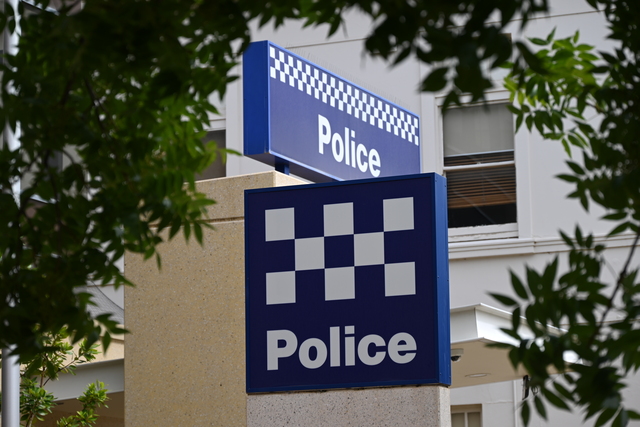By CAMERON LUCADOU-WELLS
AN internal VicRoads report has revealed a costly epidemic of flaws in its installation of wireless traffic sensors during the Monash Freeway upgrade.
A VicRoads product evaluation report in August found a “serious problem” with the Sensys-brand sensors, of which 2376 were installed as part of a $100 million freeway management system.
The report — sighted exlusively by the Journal — stated it could cost more than $10 million over 10 years to maintain and replace the faulty devices, which are placed at access ramps and at 500-metre intervals on each lane to monitor traffic flow and control traffic signals.
VicRoads chief operating officer Bruce Gidley defended use of the sensors, saying the report was the view “of one individual, and does not represent VicRoads’ position.”
But employees of companies that installed the studs have told the Journal faulty sensors are being replaced daily en masse.
They said the wireless technology was not given “type product approval” by the roads authority prior to their installation. Three of the employees said this was unprecedented in their experience.
“If the normal approval process had happened, this whole debacle wouldn’t have happened,” one said.
However, Mr Gidley said new products were often used prior to type-approval. He said the studs were chosen after being independently evaluated by Australian Road Research Board and La Trobe University, which found they were a viable alternative to wire-detector loops, and were trialled before being rolled out.
“The report . . . assumes that a single faulty batch will be repeated on an ongoing basis, which has not been the case, therefore it [the report] is flawed and incorrect.”
Mr Gidley said an “innovative solution” had been required on the M1. If wire-based detector loops were used instead, it would have involved removing or cutting the existing loops each time the realigned lanes were moved. It would have closed parts and all of the freeway for extended time.
Mr Gidley said that M1 project director for Intelligent Transport Systems, Phillip Walsh, recommended the use of the studs after the testing and trials — “it followed the normal VicRoads process”.
Mr Walsh, who last year joined supplier Sensys as Australasian director, would not comment on why the studs were chosen. He recently left Sensys to become Land Lease roads manager.
What do you think? Have you had problems with M1 traffic signals? Post a comment below or via Twitter, @DandyJournal.
UNDER CONTROL
SENSYS wireless sensors: how do they work? Magnetic sensors are housed in a drilled hole in the road, detecting passing vehicles. They can be installed within 20-30 minutes by closing one lane of traffic. They communicate wirelessly with a repeater or an access point, which transmits traffic speed, occupancy and volume data to VicRoads’ central traffic monitoring system in Kew.
THE FACTS
VICROADS surveyed the wireless sensors across various road projects in Victoria and Western Australia.
Its subsequent report in August found:
■ On average 15 per cent of studs were not providing data and the failure rate was 30 per cent.
■ Sensys advised VicRoads in 2009 that its studs had a “potential moisture problem” and supplied 400 replacement studs.
■ The report stated the sensors are powered by three AA batteries. Sensys claimed they had a shelf-life of 10 years and were virtually “maintenance free”. But an installer found an average battery life of four to five years.
■ Almost one in five surveyed sensors had been replaced within two to four years for failing to give data or manufacturing faults.
■ The 10-year cost of maintaining and replacing the studs, assuming the batteries last, is
$7.6 million. If the batteries last only five years, the cost would be $10.9 million.
■ The 10-year cost of using wire detector loops instead would be $1.1 million. Of the 2584 surveyed loops installed in 2008, none had failed.
For all the latest breaking news, stay with this website. Also, follow the Weekly at facebook.com/dandenongjournal or on Twitter @DandenongJournal.







